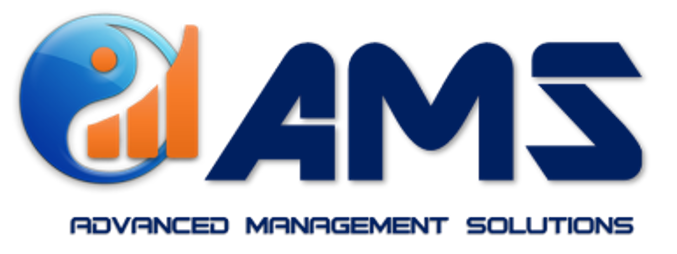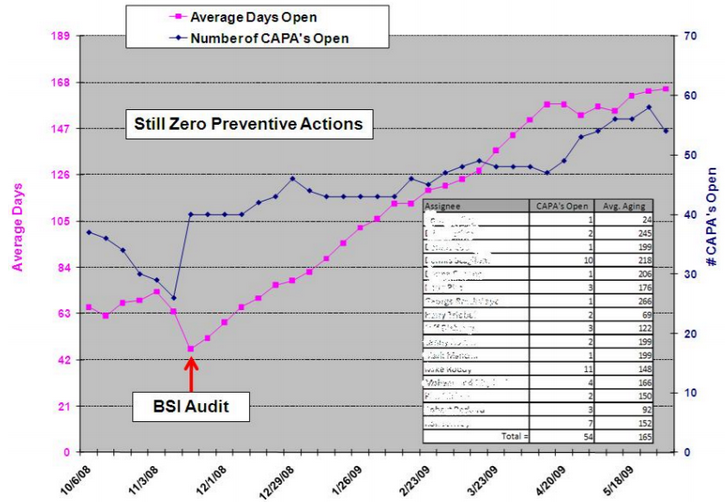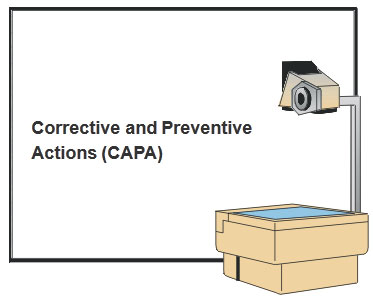13 Steps to Creating a Risk-Based CAPA Process
What does it mean to create a risk-based CAPA process? How should companies go about it? Companies can create a risk-based CAPA process and be compliant with the latest revision of ISO 13485:2016 updates to ISO 13485. A key question many ask is, how do you convert what you have into…












